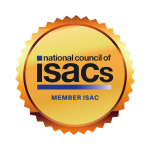Annual Threat Assessment of the U.S. Intelligence Community - 2022
The Office of the Director of National Intelligence just released its Annual Threat Assessment of the U.S. Intelligence Community, which analyzes worldwide threat trends relevant to the national security of the country, highlights the most pressing threats to U.S. national interests, and reflects the collective insights of the U.S. Intelligence Community (IC).

